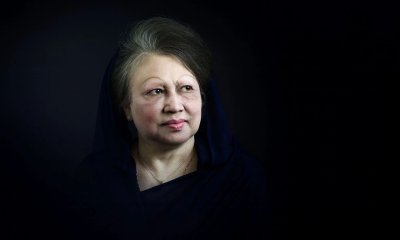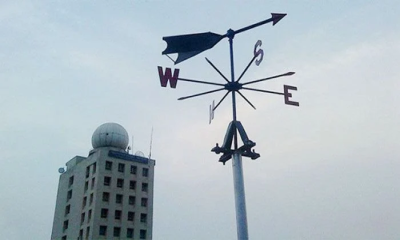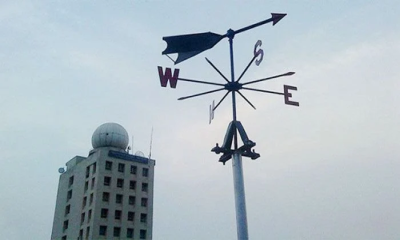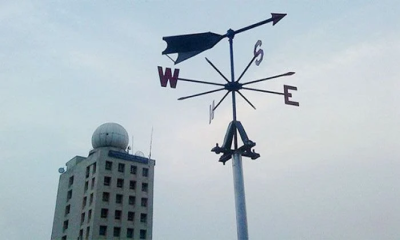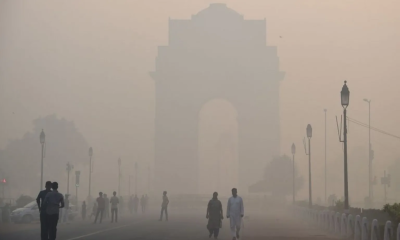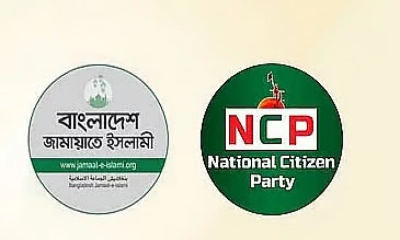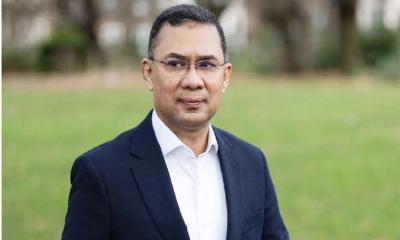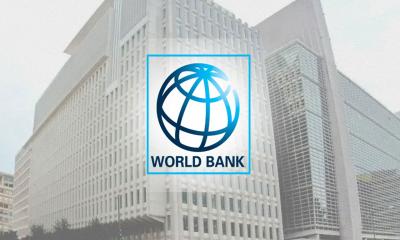On August 4 last year, leaders of the anti-discrimination student movement announced a countrywide `March to Dhaka` for the following day, intensifying their demand for the resignation of the Sheikh Hasina-led government.
The announcement came in response to deadly clashes that erupted across the country the same day, leaving at least 93 people dead, according to multiple media outlets.
Initially, the `March to Dhaka` programme was scheduled for August 6. However, following widespread violence on August 4—triggered by a joint crackdown from law enforcement and ruling party activists—the date was moved forward by a day. Movement leaders, addressing protesters at Shahbagh in Dhaka that afternoon, accused the ruling Awami League of pushing the country toward civil unrest.
Demonstrators also formed “resistance committees” across neighborhoods and vowed to intensify their protest if the violence continued. Protest leaders called on supporters to maintain sit-ins until the government`s resignation.
Later that day, protesters held a symbolic procession carrying bodies of victims from Dhaka Medical College Hospital (DMCH) to Shahbagh. As the procession passed Shahbagh Police Station, police fired teargas and stun grenades, claiming that some protesters had thrown brickbats.
The protest was part of a broader non-cooperation movement declared on August 3, consisting of 15 points centered around a single demand—the government`s resignation. Though August 4 began relatively quietly, violence erupted in over 20 districts when ruling party activists reportedly took to the streets to suppress the protests.
According to multiple reports, 93 people were killed nationwide that day. In Dhaka alone, at least 12 deaths were reported, with most of the victims brought dead to DMCH. Clashes also led to vandalism of government offices, police stations, and vehicles. Authorities imposed tighter curfews and shut down 4G mobile internet in an attempt to quell the unrest. A three-day nationwide public holiday was also announced starting August 5.
Violence was widespread beyond the capital. Casualties were reported in Lakshmipur (8), Narsingdi (6), Feni (8), Rangpur (4), Bogura (5), Sylhet (4), Pabna (3), Munshiganj (3), Magura (4), Kishoreganj (3), and Cumilla (3), among other districts. Clashes between protesters, law enforcement, and Awami League supporters were common, with Mirpur-10 in Dhaka becoming a flashpoint where gunfire was reported. Over 1,000 people, including 172 in Chattogram alone, were injured.
Despite a renewed curfew declared for August 4 evening in all major cities and towns, protests continued into the night in places like Chattogram, Sylhet, Rajshahi, Khulna, Barishal, and Mymensingh.
Transparency International Bangladesh (TIB) condemned the excessive use of force and called for accountability, warning that the peaceful movement was being pushed toward violence through state repression.
Meanwhile, a group of academics and civil society members proposed the formation of an interim government comprised of teachers, judges, lawyers, and civic leaders. They suggested that protesting students would help elect its members, and the current government should transfer power to this nonpartisan body for a democratic transition.
The High Court, however, dismissed a writ petition seeking a ban on shooting at protesters, stating that law enforcement could use force if necessary while on duty.
As the crisis deepened, the student-led uprising continued to reshape the country`s political landscape, with calls for systemic change growing louder.


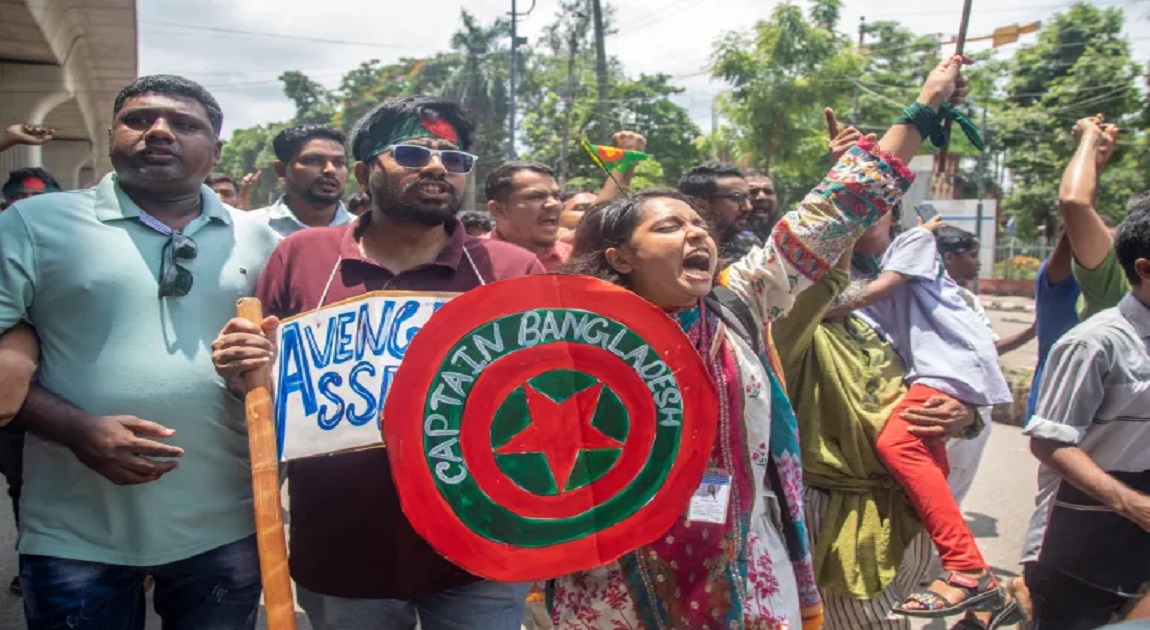

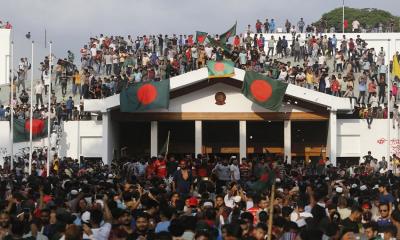
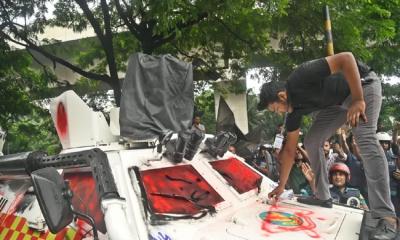
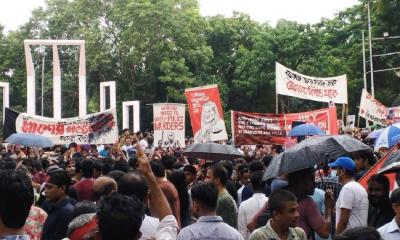
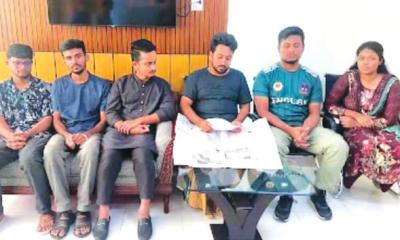
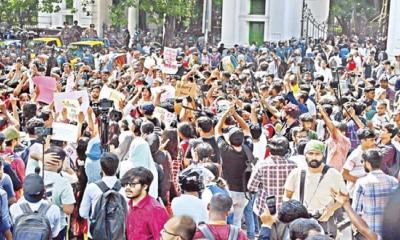
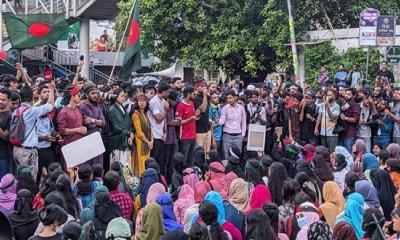
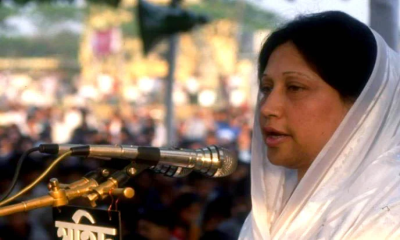
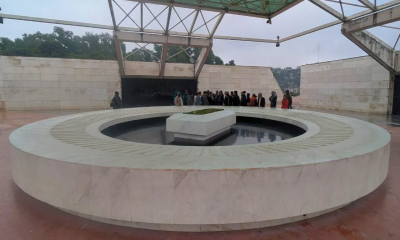
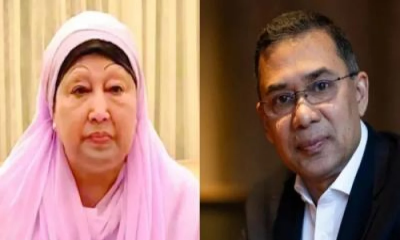
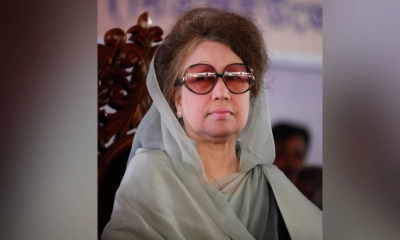
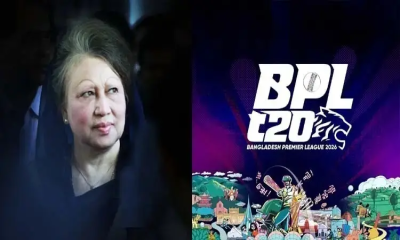
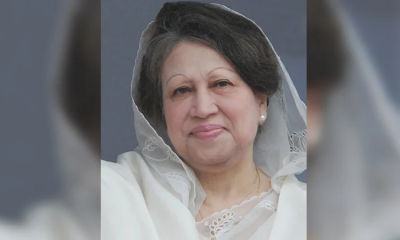
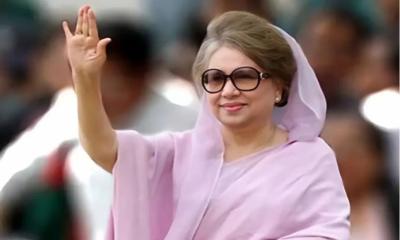
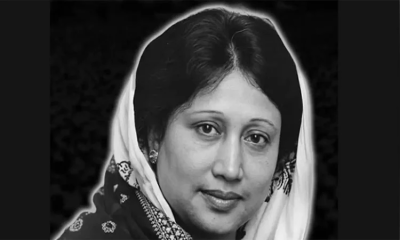
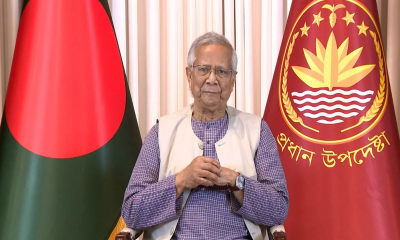
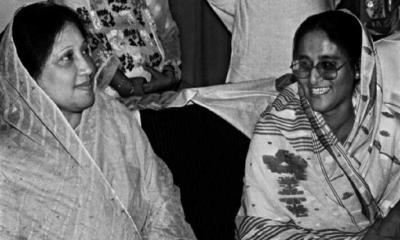
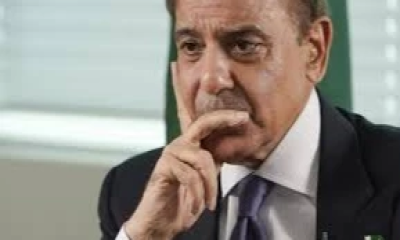
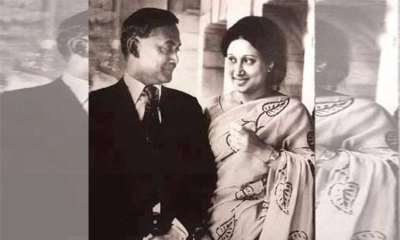
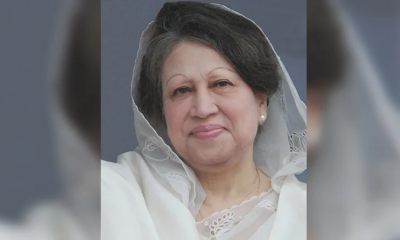
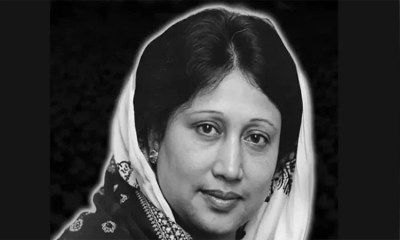
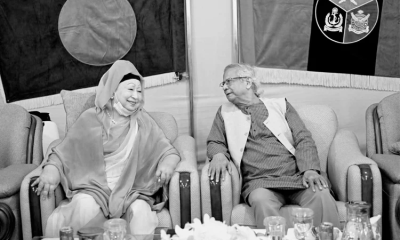

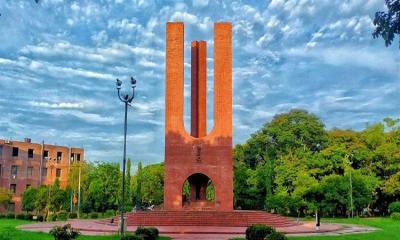
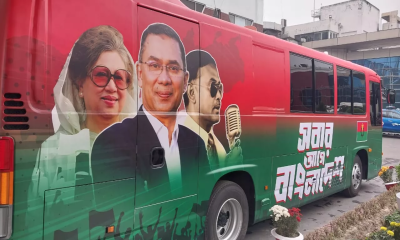
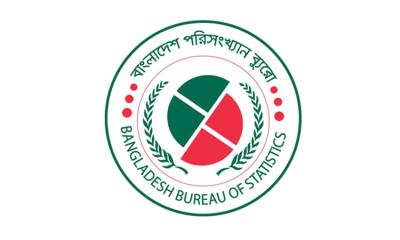
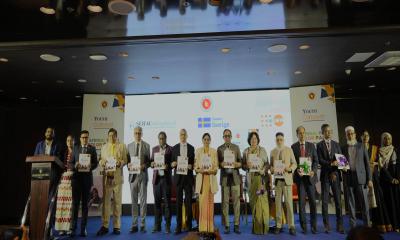
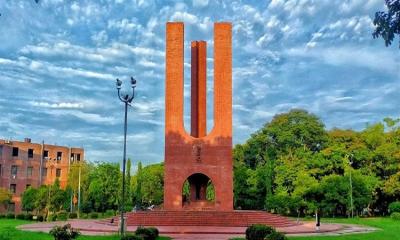
-20251227141313.jpeg)
